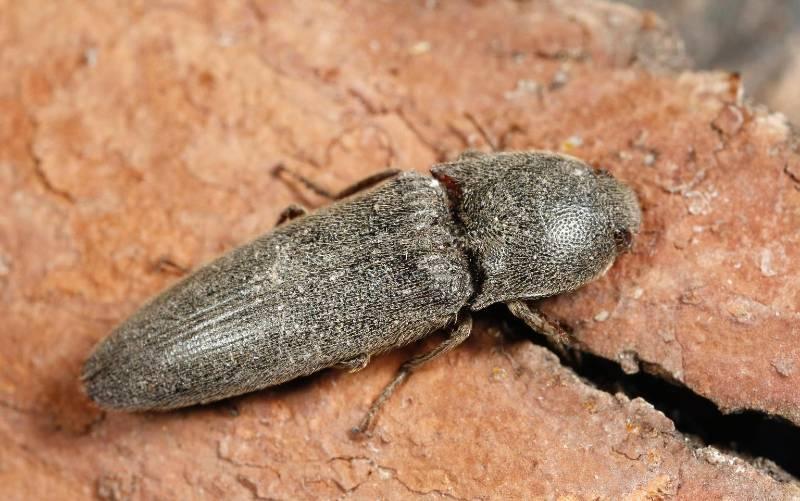Maggots
Appearance
- The larvae are cream-colored, legless, and 1/3 inch long. They cause plant damage.
- Adults are flies that lay eggs on plants.
Life cycle/habits
- Corn seed maggot, onion root maggot, and wireworms cause similar problems.
- Adult flies emerge in spring and mated females lay eggs at the base of plants. Larvae hatch and tunnel into stems and enlarging bulbs.
- Larvae hatch and tunnel into stems and enlarging bulbs.
- Larvae pupate in the soil near-infested plants.
- There are 2-3 generations per year.
Host plants
- This is a common pest of allium family members.
- Shallots are most vulnerable followed by onions and garlic.
Signs/symptoms
- Infested plants wilt or turn yellow and die.
- A single larva can damage several plants.
Prevention/control
- Where this insect has been a problem, use row cover to prevent adult flies from depositing eggs.
- Pull and destroy affected plants.
- Keep weeds down to eliminate habitat for adult flies.
- Remove all plant debris and till the garden in the fall to expose and destroy overwintering pupae.
- Rotate alliums with unrelated crops to reduce insect problems.
- Avoid adding fresh manure to the garden.
Wireworms

Appearance
- They are slender, shiny, tough-skinned worms with pale yellow to reddish-brown bodies.
- Wireworms can grow to over 1 inch in length.
- The adults are click beetles.

Photo: Joseph Berger, Bugwood.org
Life cycle/habits
- The larvae spend 1-6 years in the soil.
Host plants
- Potatoes and beetroots. They also infest sweet potato, turnip, and onion.
Signs/symptoms
- They feed on large vegetable seeds prior to or right after germination. They also infest young beet, sweet potato, turnip, and onion plants.
- Fresh holes have ragged edges and contain chewed root tissue.
- Wireworms can damage potato seed pieces, opening them to fungal and bacterial infections that result in weak plants. They create round holes about 1/8 inch in diameter and making the tuber look like it has been punctured with a nail.
- The tunnels may be shallow or deep and go straight into the tuber.
- Injury is more noticeable late in the season, during dry seasons, and where turfgrass was recently converted to a vegetable garden.


Prevention/control
Seeds can also be pre-sprouted to give them a head start. Place seeds on a moistened paper towel. Roll up the paper towel, place it in a plastic bag with some holes and set it on top of the refrigerator. Check the germination rate after 5-7 days. When the radicle (new root) begins to develop, remove seeds and plant in garden soil. However, do not pre-soak bean and corn seeds in water. This treatment will make them more susceptible to soil pathogens.
- Rotate susceptible crops.
- Till garden soil prior to planting in spring to kill and disrupt larvae.
- Plan to dig and eat new potatoes rather than growing storage potatoes.
- To reduce wireworm populations, spear pieces of potato or carrot on a stick and bury them 2 to 4 inches deep in the garden. Dig up the pieces after a week and destroy them, along with the wireworms that are feeding inside. Set the potato traps at 3 to 10-foot intervals.
